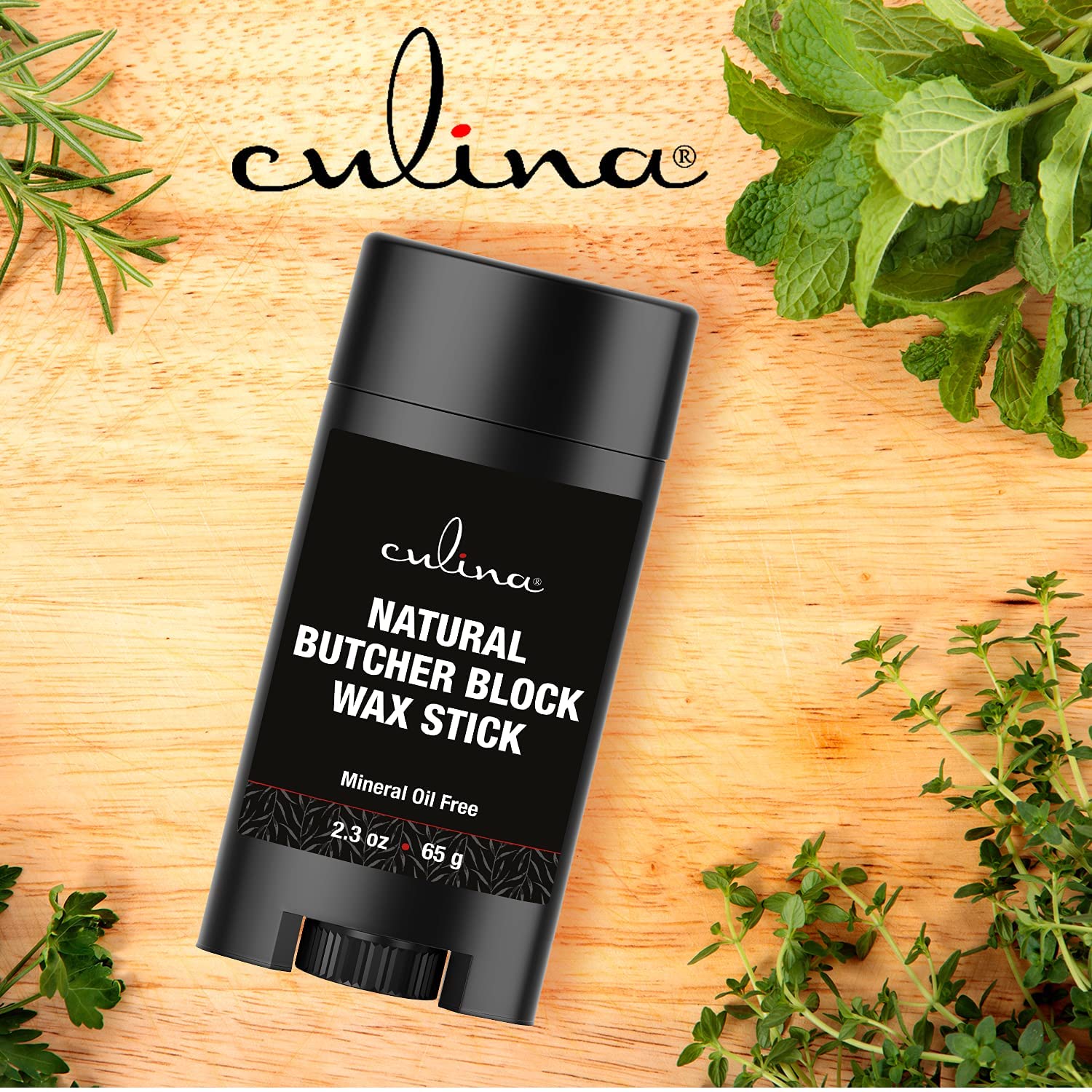The use of a metal meat thermometer is crucial for ensuring that your meat is cooked to perfection. Whether you’re grilling chicken, roasting turkey, or preparing a beef brisket, knowing how to use a metal meat thermometer can make all the difference between a juicy, succulent dish and a dry, overcooked disappointment.

Why Use a Metal Meat Thermometer?
Cooking meat to the right temperature is essential for both safety and taste. A metal meat thermometer helps you ensure the meat has reached a safe internal temperature, eliminating harmful bacteria without overcooking and drying out your meal.

Types of Meat Thermometers
Instant-Read Thermometers
These thermometers are designed for quick measurements. Simply insert the probe into the meat and read the temperature within a few seconds.
Ovenproof Thermometers
These thermometers can stay in the meat while it cooks, allowing you to monitor the temperature without opening the oven.

How to Use a Metal Meat Thermometer
Step 1: Choose the Right Thermometer
Selecting the appropriate thermometer for your needs is the first step. For grilling or pan-frying, an instant-read thermometer is ideal. For roasting or baking, an ovenproof thermometer is more suitable.
Step 2: Calibrate Your Thermometer
Before using your thermometer, it’s essential to check its accuracy. To do this, insert it into a glass of ice water. It should read 32F (0C). If it doesn’t, consult the manual on how to recalibrate it.
Step 3: Insert the Thermometer Correctly
Insert the thermometer into the thickest part of the meat, avoiding bone, fat, or gristle. Bone can conduct heat and give a false reading, while fat and gristle can skew the accuracy.
Understanding Temperature Readings
Knowing your meat’s ideal internal temperature is vital. Poultry, for instance, should reach an internal temperature of 165F (74C). Beef steaks, on the other hand, might be best at 145F (63C) for medium rare.
Reading Temperature for Different Meats
Chicken: 165F (74C)
Beef: 145F (63C) for medium rare, 160F (71C) for medium
Pork: 145F (63C)
Fish: 145F (63C)
Common Mistakes and How to Avoid Them
Not Calibrating the Thermometer
Always ensure your thermometer is calibrated correctly to avoid inaccurate readings.
Inserting the Thermometer in the Wrong Spot
Make sure you insert the probe into the thickest part of the meat, steering clear of bones or fatty areas.
Relying Only on the Thermometer
While a thermometer is a great tool, use your senses too. Look for visual cues like color change and texture.
Maintenance and Care for Your Metal Meat Thermometer
Cleaning
Always clean your thermometer before and after each use to prevent cross-contamination.
Storage
Store your thermometer in a safe place to avoid damage. Avoid dropping it or exposing it to excessive heat.
FAQs
Can I leave my metal meat thermometer in the meat while it cooks?
Yes, if it is an ovenproof thermometer, you can leave it in. Otherwise, use it for quick checks.
How often should I calibrate my thermometer?
Calibrate it monthly or if you suspect inaccurate readings.
Is it necessary to use a meat thermometer?
While not strictly necessary, a meat thermometer ensures precise cooking and safety.
For further details on using a meat thermometer, visit this guide.
Don’t forget to check out our articles on microwave rotisserie chicken, pair rotisserie chicken, and season a griddle.
As an Amazon Associate, I earn from qualifying purchases.









